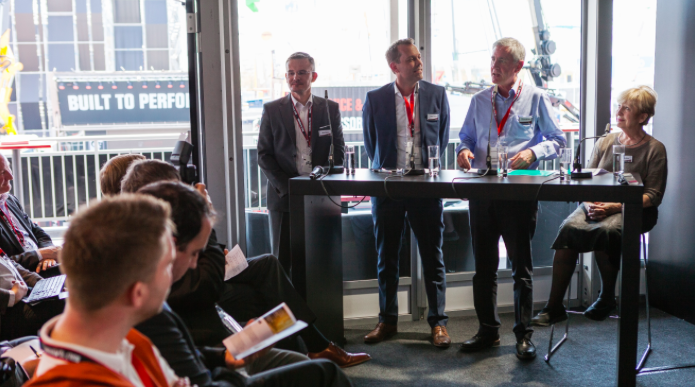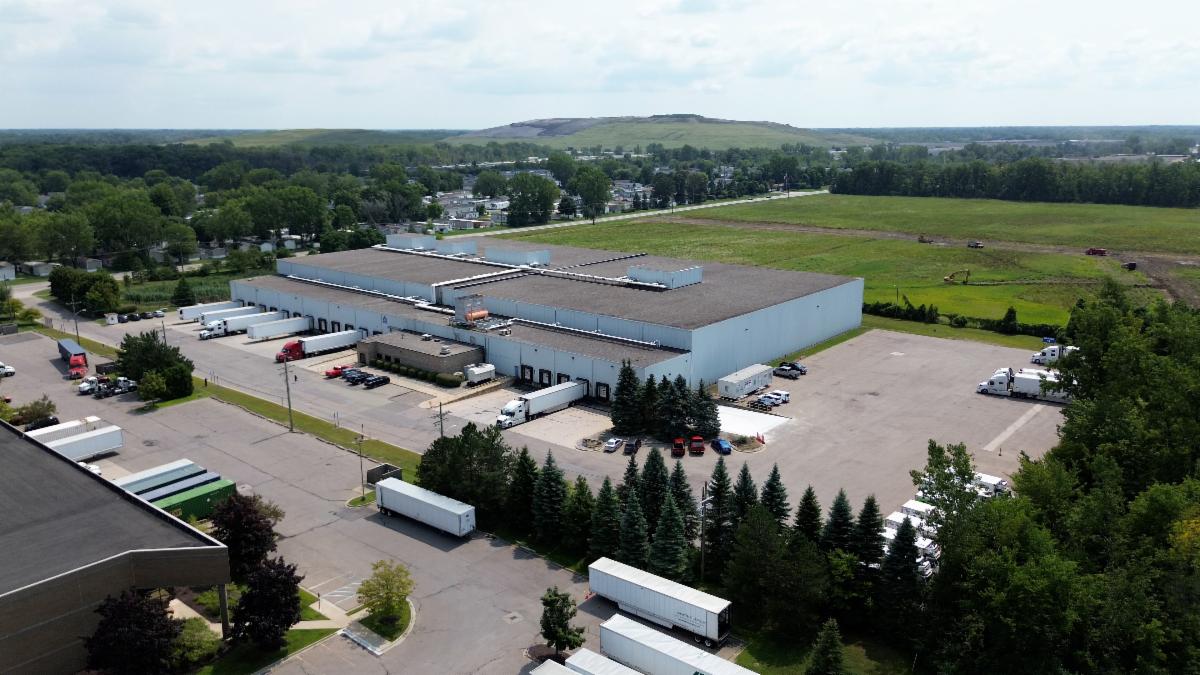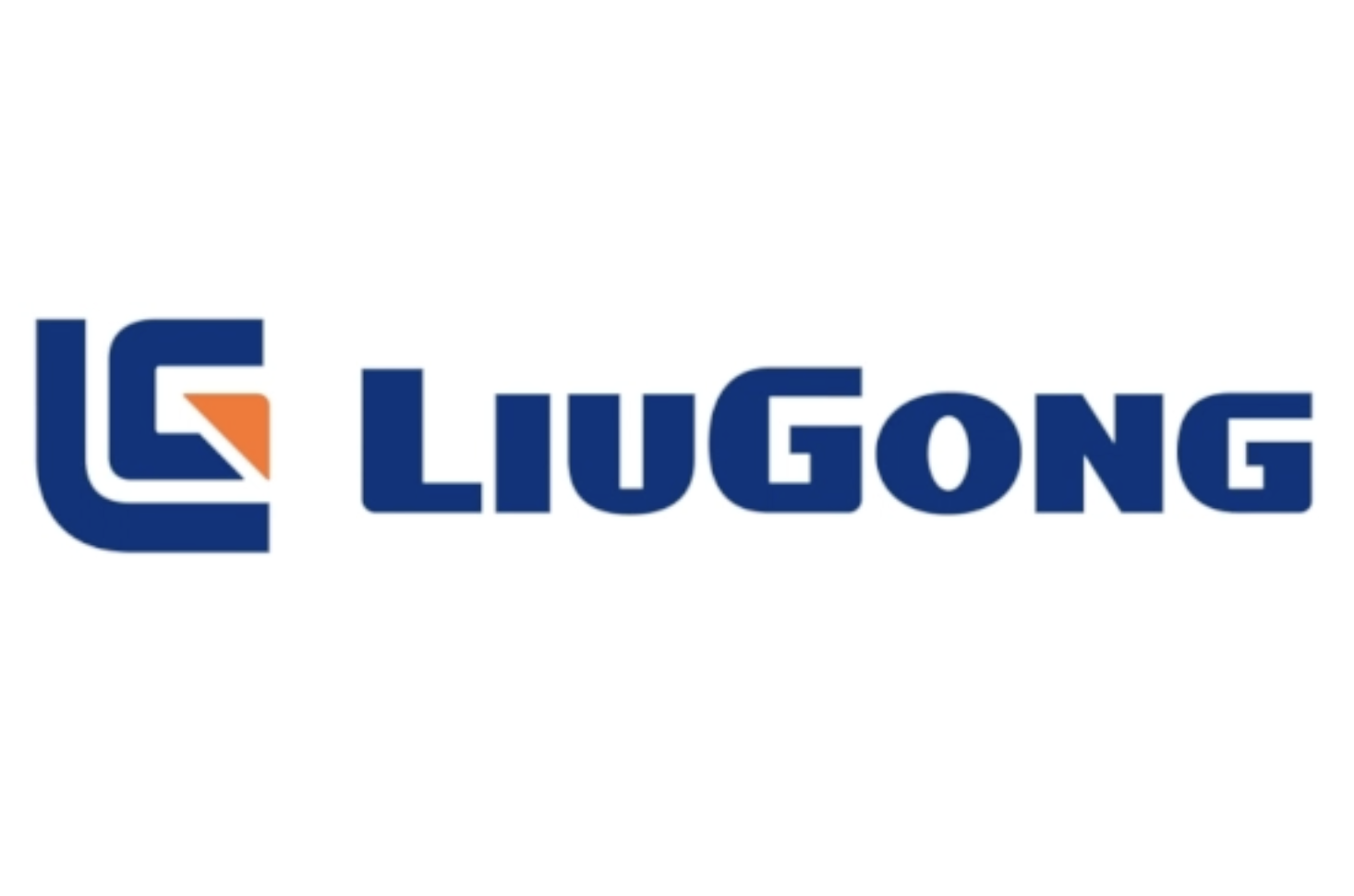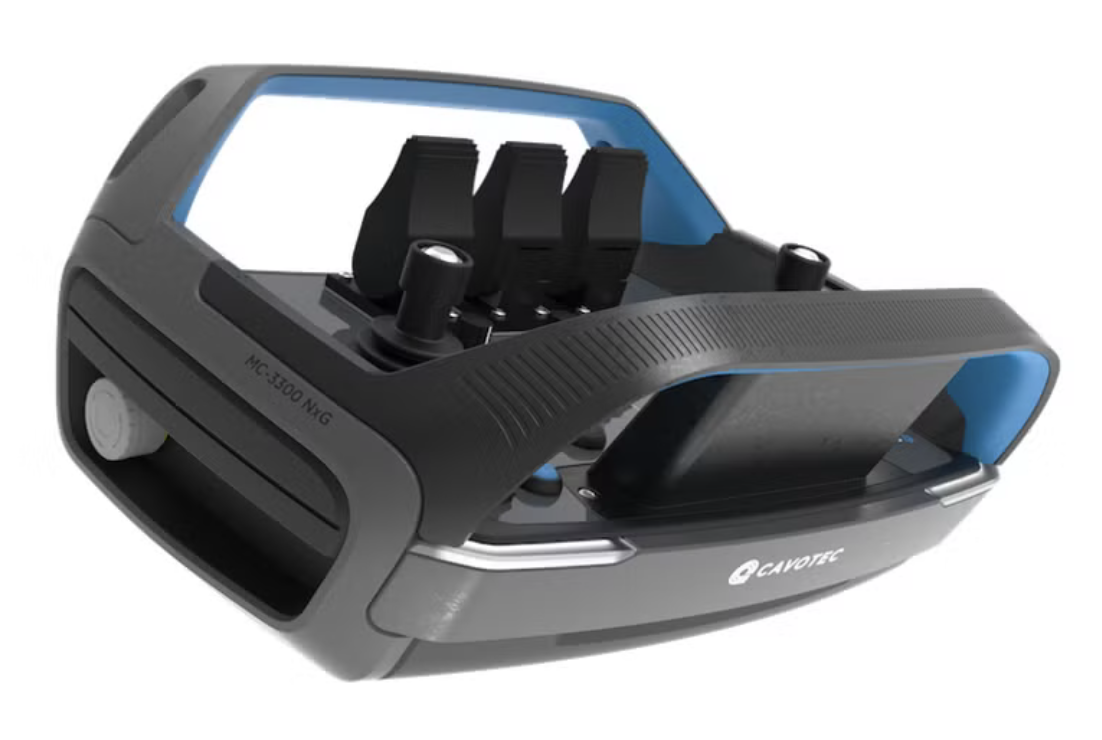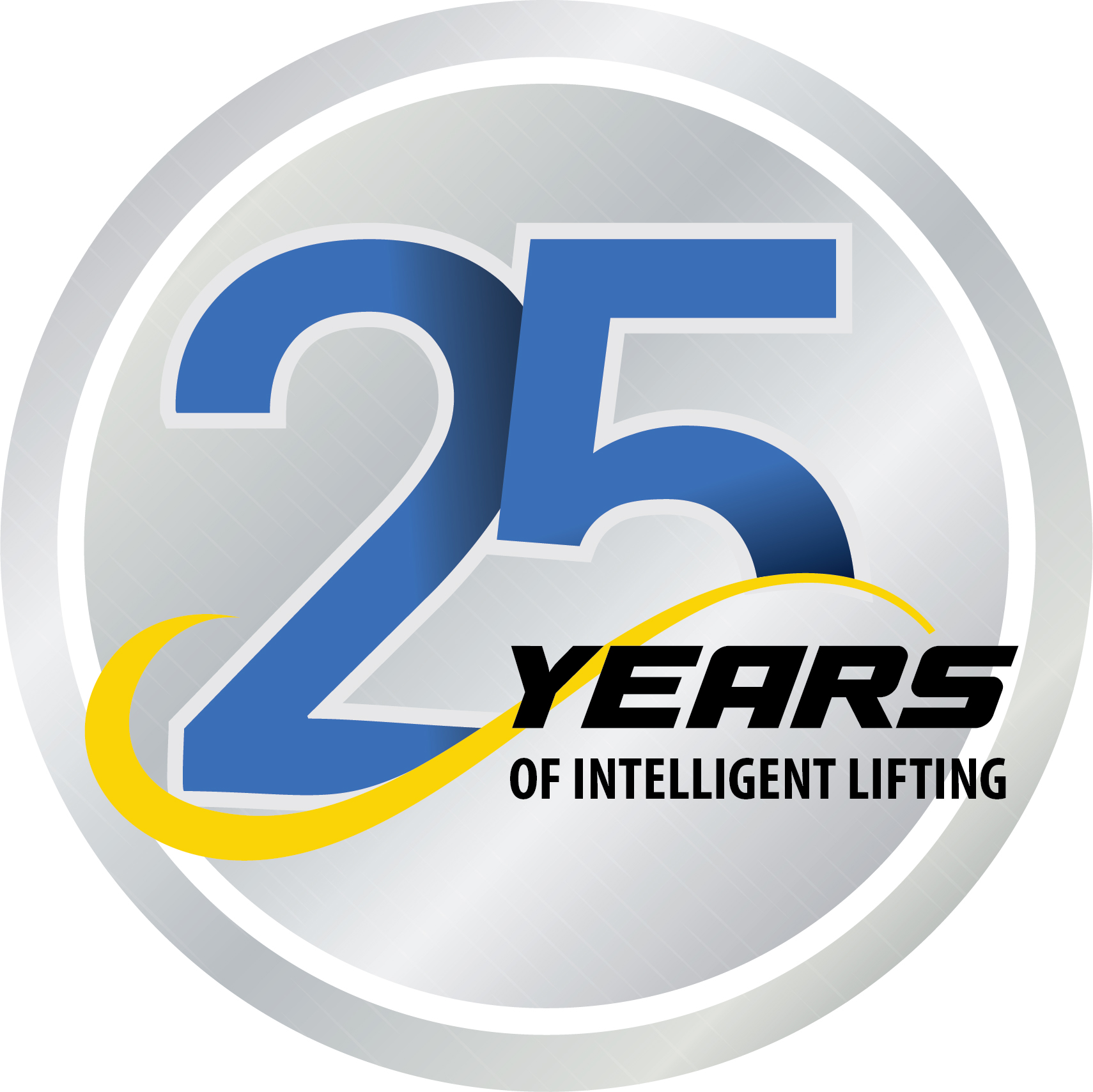Cargotec Outlines On-Road Load Handling Vision
Hiab, part of Cargotec, announced at the Bauma exhibition a vision to unlock the full potential of on-road load handling by having all new Hiab equipment connected by 2018.
“Urbanisation will inevitably make cities more crowded, meaning that our customers have more loads to manage in less time and in tighter spaces,” said Roland Sundén, president, Hiab.
“This will require a new way of thinking about our products, solutions and services. As a technology leader, it is a challenge we gladly accept. Our target is that all of our new equipment are connected and able to communicate with other systems and devices by 2018 so that our customers get to enjoy the benefits of connectivity.”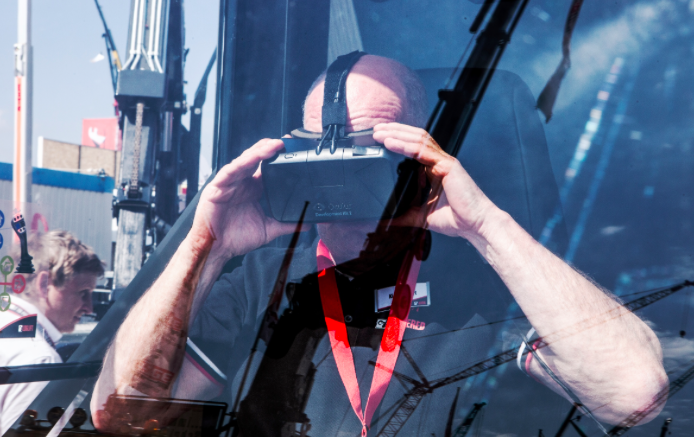
During the Bauma exhibition week, Hiab introduced several new innovations including HiVision 3D vision control system, MULTILIFT Optima, HIAB T-Series cranes, and Hiab ProCare service agreements.
In addition, Swedish X-trials driver Eddie Karlsson showcased his skills, and the German qualification rounds for the World Crane Championships 2016 were held with Martin Utpatel chosen as Germany’s representative for the finals, which will take place at the IAA exhibition in Hanover in September 2016.
A unique look into the future of load handling
At the Hiab press event, which was held as a panel discussion on 13 April, Hiab’s Rafal Sornek, vice president for technology and quality development, and guest speakers Michael Browne, Gloria Elliott and Peter Tyreholt discussed what the future holds for load handling in an increasingly urban and sustainable society.
“We need to rethink the flow of goods and do things in a much more systems based way. Otherwise we will face incredible increases of congestion, which will either be seen as unacceptable or extremely inefficient. Urbanisation is a complicated issue and we need to get involved more,” said Michael Browne, who is a professor of logistics and urban freight transport at the University of Gothenburg.
“In addition to other benefits, I believe in connectivity and digitalisation as enablers to solve a lot of the problems we see in urbanisation. With a more connected and digital world we can create more sustainable business models with circular economy,” continued Peter Tyreholt, senior advisor at Cybercom.
“The responsibility for escalating urban problems does not just lie with the authorities; it lies with every user of the city space. We all have to take the step into the middle to find the answers, and that is by acknowledging each other’s problems and working together to solve them,” said Gloria Elliott, a chief executive of the Noise Abatement Society.
“We at Hiab have been working in close collaboration with universities as well as our customers and suppliers to make sure that we can provide the most efficient, safe and easy to use products of the industry. We are fully committed to staying ahead of the competition in the innovation game,” concluded Sornek.


